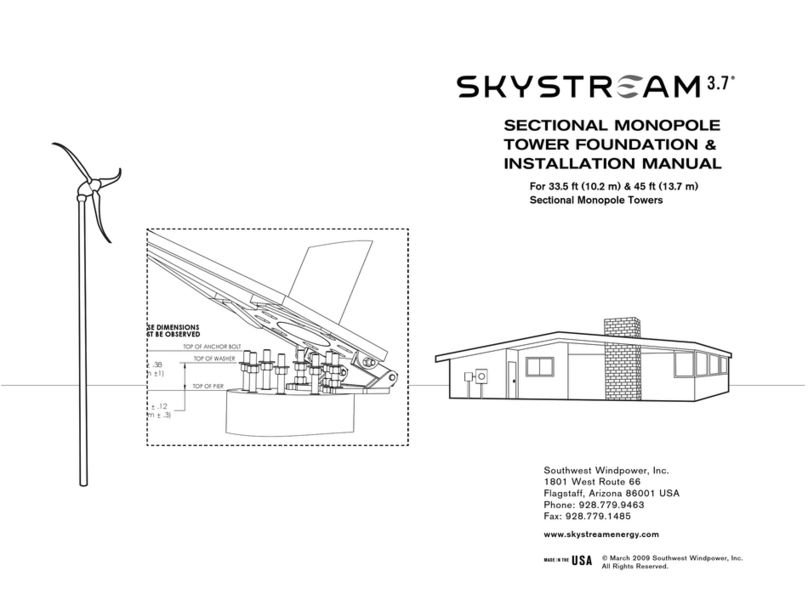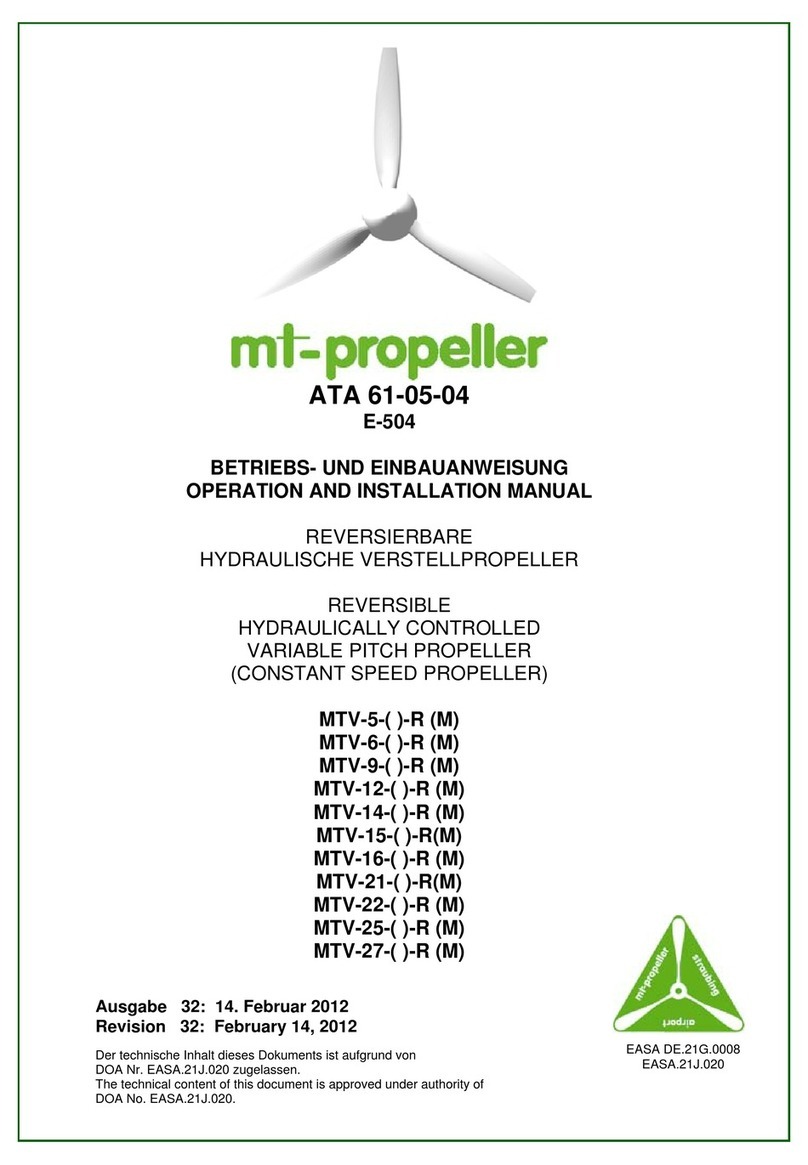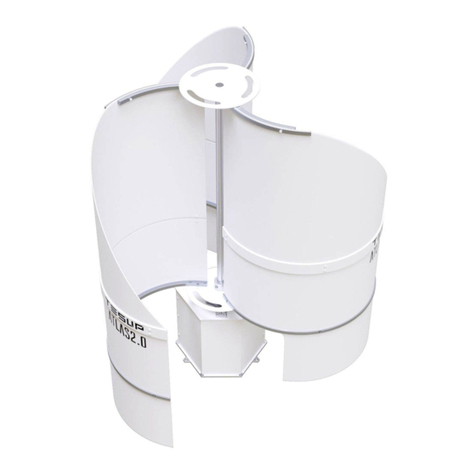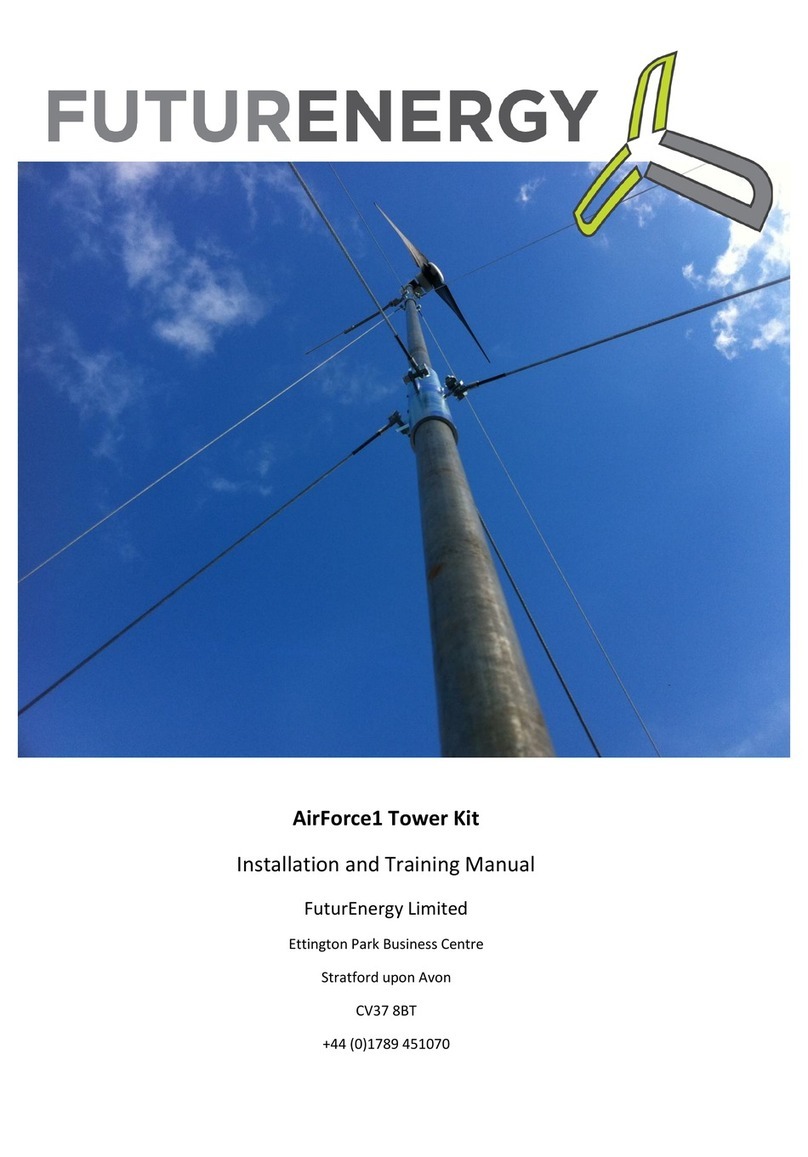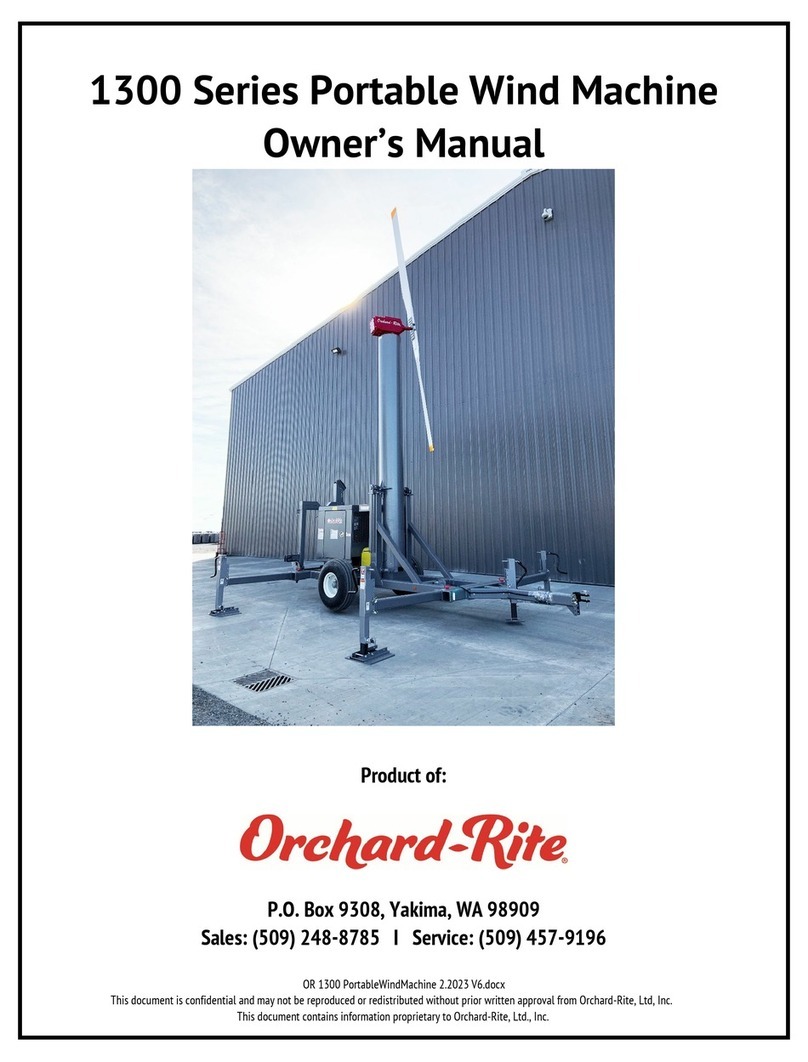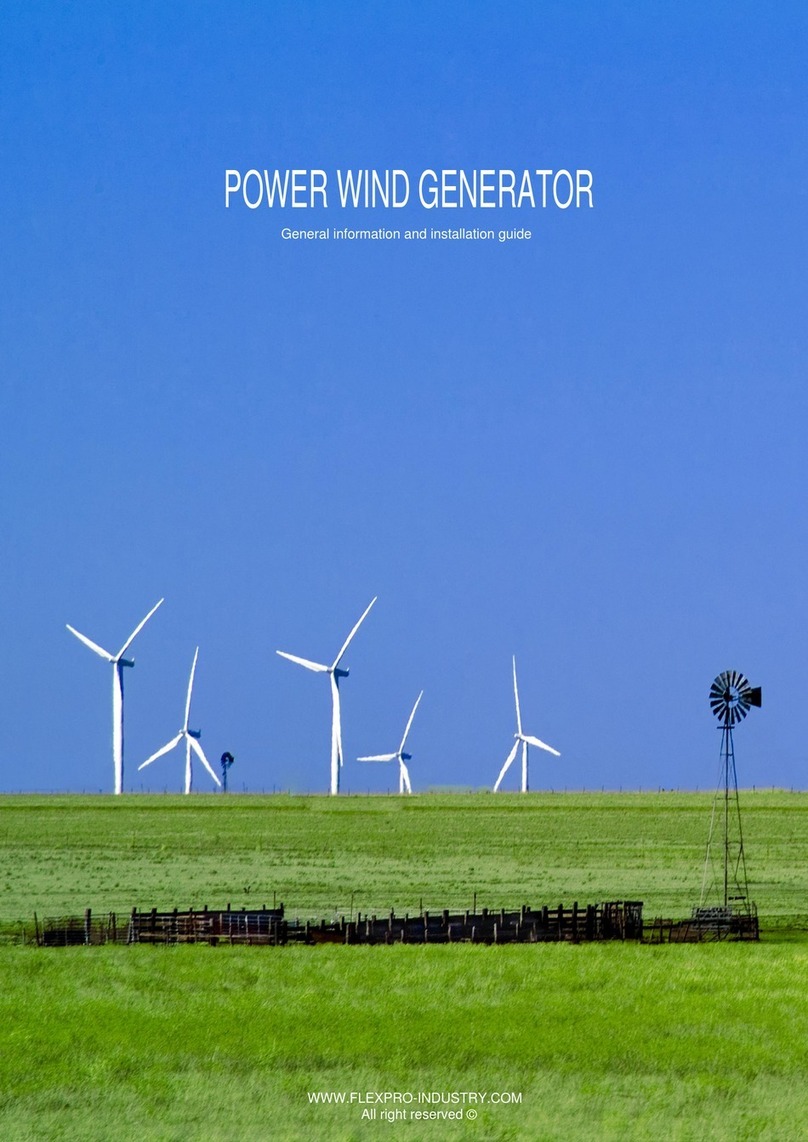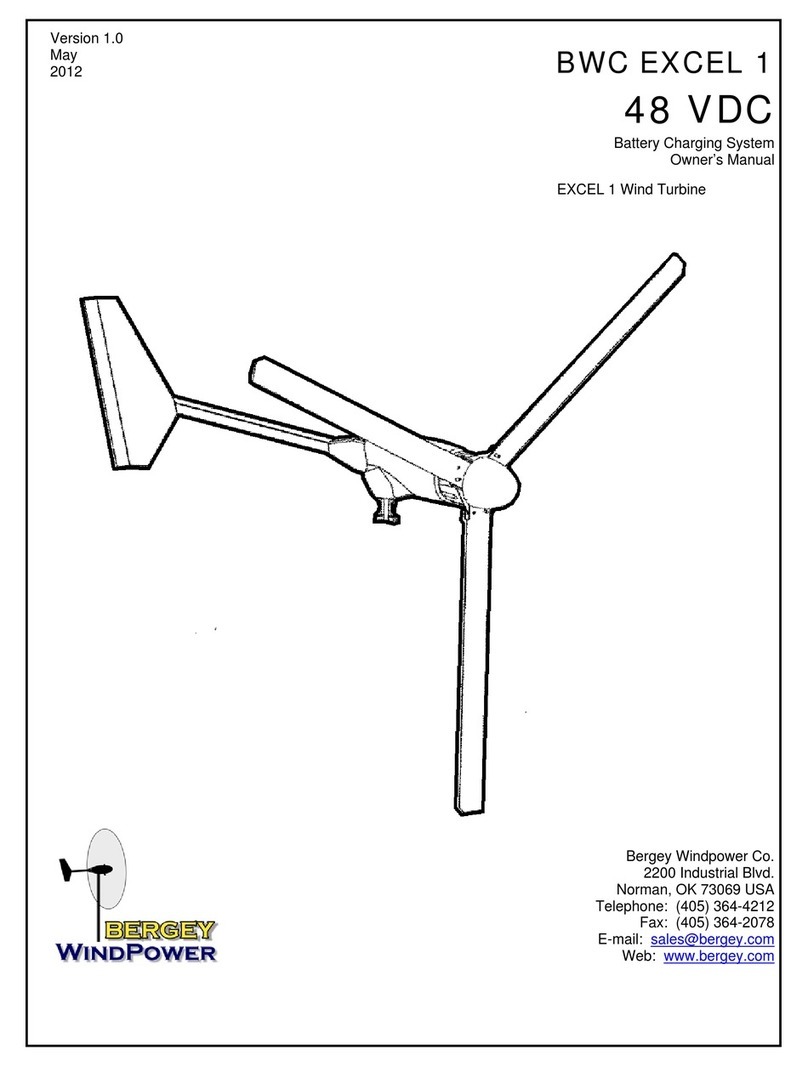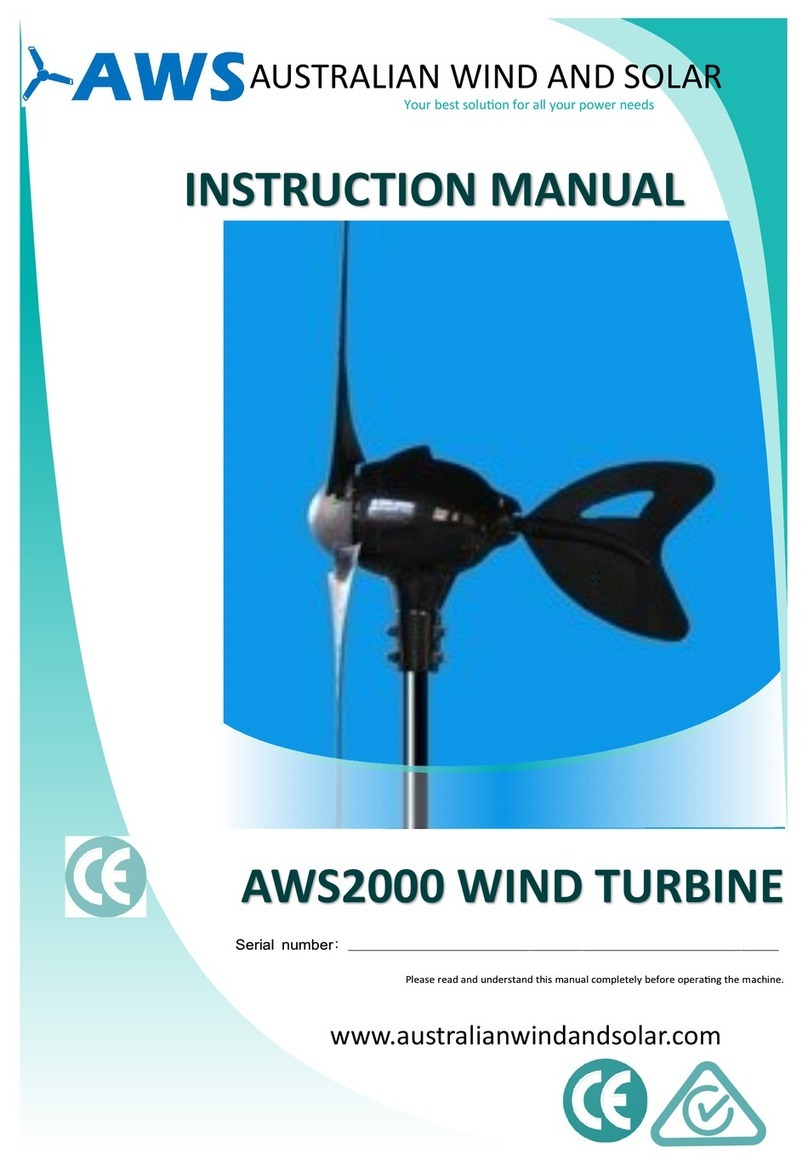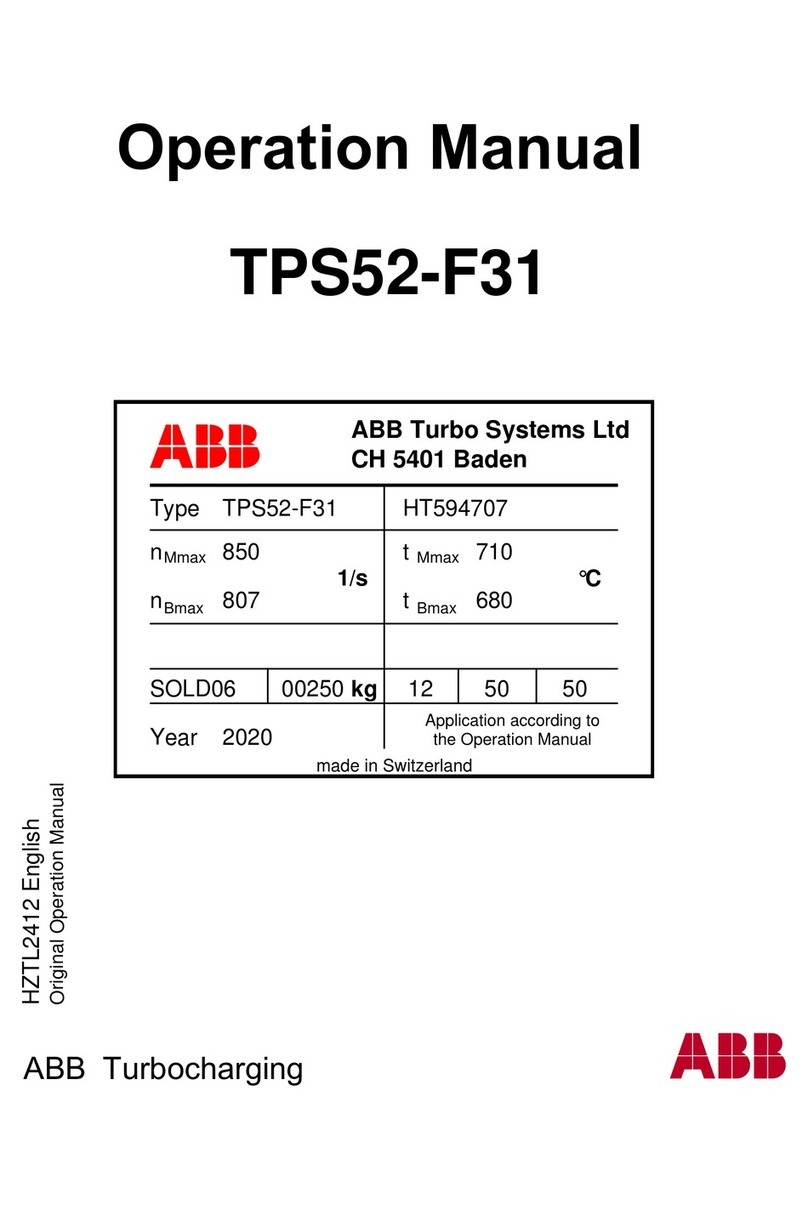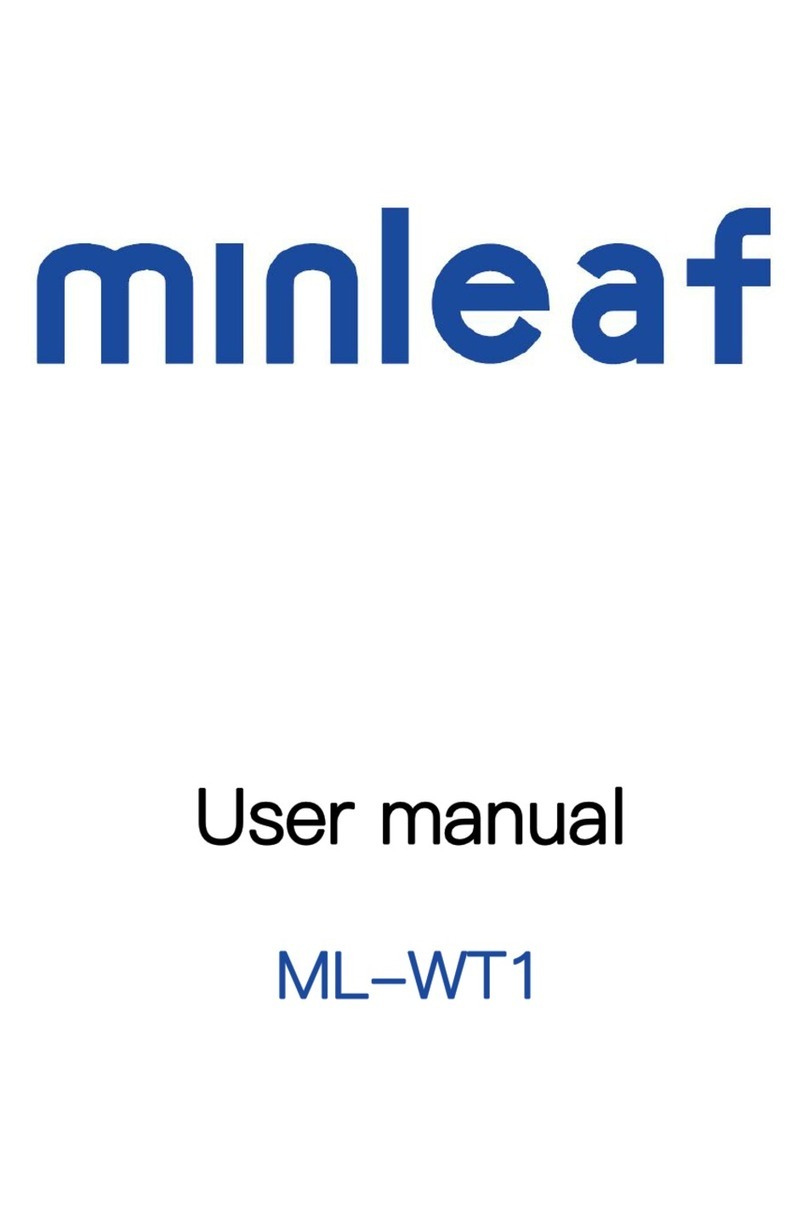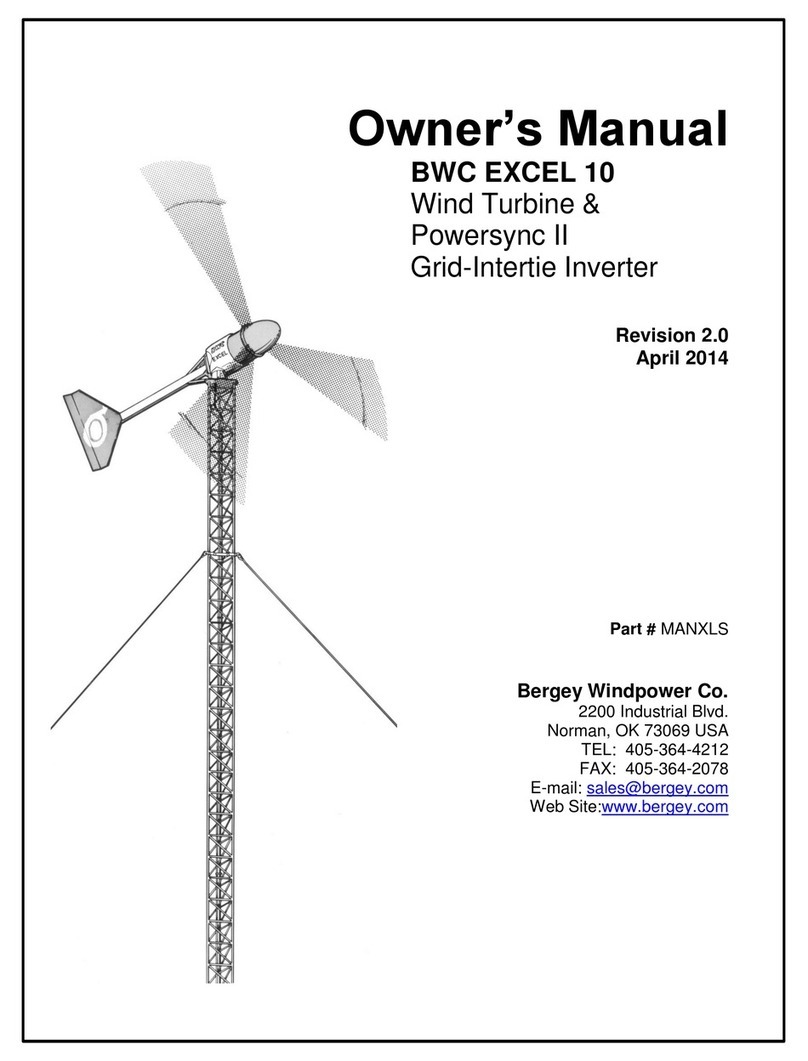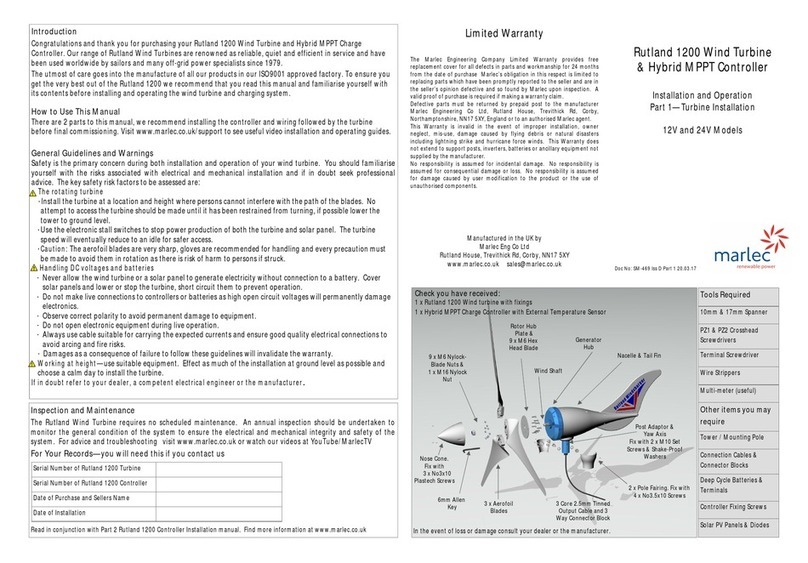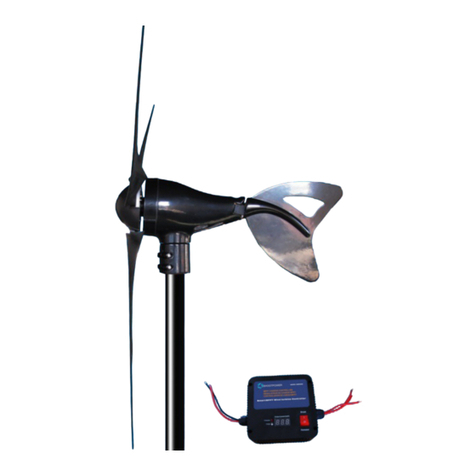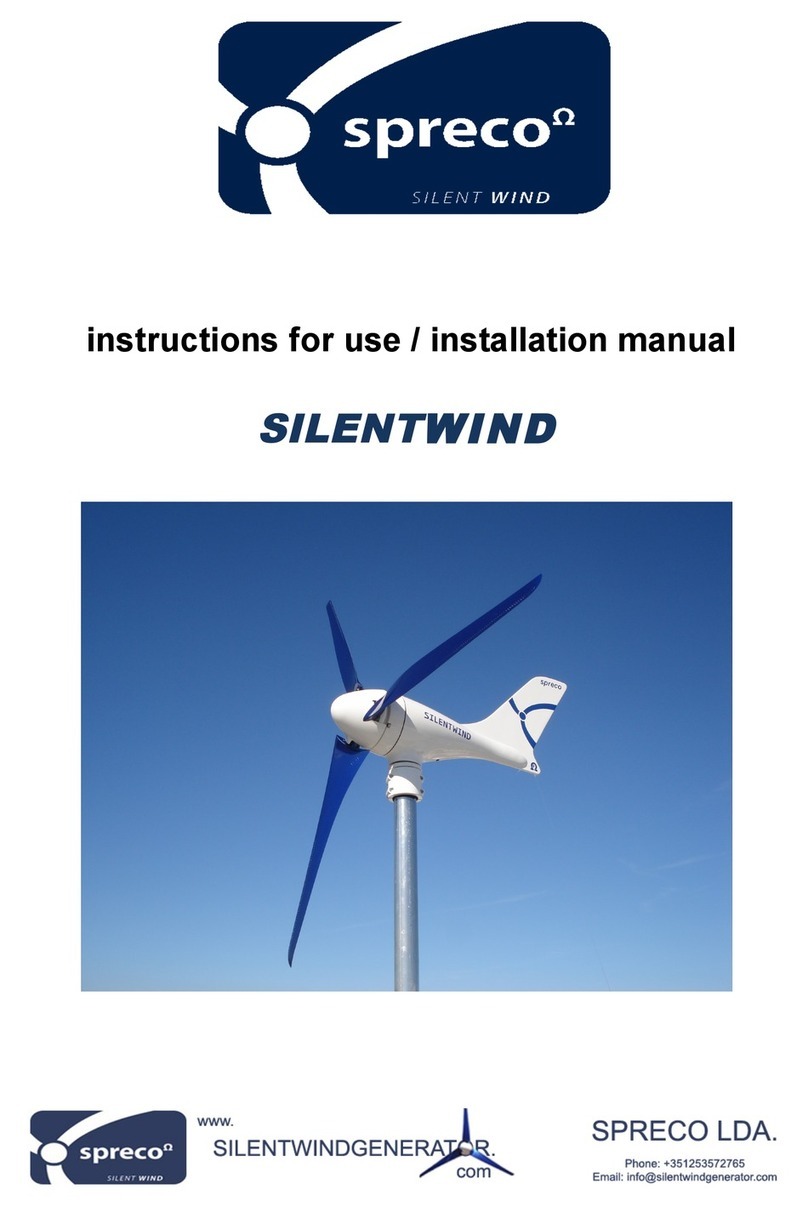e300i User Manual Document #: 0503M01A REV : 1.3
Approval: Date: March ’08 Page 2 of 25
CONTENTS
CONTENTSCONTENTS
CONTENTS
1
11
1Safety Considerations
Safety ConsiderationsSafety Considerations
Safety Considerations
1.1
1.11.1
1.1 Mechanical Safety
Mechanical SafetyMechanical Safety
Mechanical Safety
3
3 3
3
1.2
1.21.2
1.2 Electrical Safety
Electrical SafetyElectrical Safety
Electrical Safety
3
3 3
3
1.3
1.31.3
1.3 Installation Hazards
Installation HazardsInstallation Hazards
Installation Hazards
3
3 3
3
1.4
1.41.4
1.4 Operational Safety
Operational SafetyOperational Safety
Operational Safety
3
3 3
3
2
22
2Wind T rbine Overview
Wind T rbine OverviewWind T rbine Overview
Wind T rbine Overview
2.1
2.12.1
2.1 T rbine Description
T rbine DescriptionT rbine Description
T rbine Description
4
4 4
4
2.2
2.22.2
2.2 Identification and Markings
Identification and MarkingsIdentification and Markings
Identification and Markings
4
4 4
4
2.3
2.32.3
2.3 Applications and ses
Applications and sesApplications and ses
Applications and ses
2.4
2.42.4
2.4 Charge Controllers and Inverters
Charge Controllers and InvertersCharge Controllers and Inverters
Charge Controllers and Inverters
2.5
2.52.5
2.5 Grid Tied Applications
Grid Tied ApplicationsGrid Tied Applications
Grid Tied Applications
2.6
2.62.6
2.6 Voltage Limiter
Voltage LimiterVoltage Limiter
Voltage Limiter
5
5 5
5
3
33
3Unpacking and
Unpacking and Unpacking and
Unpacking and T rbine Assembly
T rbine AssemblyT rbine Assembly
T rbine Assembly
3.1
3.13.1
3.1 Components S pplied
Components S ppliedComponents S pplied
Components S pplied
6
6 6
6
3.2
3.23.2
3.2 Tools Req ired
Tools Req iredTools Req ired
Tools Req ired
6
6 6
6
3.3
3.33.3
3.3 Unpacking
UnpackingUnpacking
Unpacking
7
7 7
7
3.4
3.43.4
3.4 Technical Req irements for
Technical Req irements forTechnical Req irements for
Technical Req irements for Assembly
Assembly Assembly
Assembly
8
8 8
8
3.5
3.53.5
3.5 Generator
GeneratorGenerator
Generator
Assembly
AssemblyAssembly
Assembly
8
88
8
3.6
3.63.6
3.6 Pitch control Assembly
Pitch control AssemblyPitch control Assembly
Pitch control Assembly
8
8 8
8
3.7
3.73.7
3.7 Tail Assembly
Tail AssemblyTail Assembly
Tail Assembly
9
99
9
3.8
3.83.8
3.8 Fitting the Pitch Control
Fitting the Pitch ControlFitting the Pitch Control
Fitting the Pitch Control
10
1010
10
3.9
3.93.9
3.9 B
BB
Blade Assembly
lade Assemblylade Assembly
lade Assembly
1
11
11
11
1
4
44
4Site Considerations and Mo ntings
Site Considerations and Mo ntingsSite Considerations and Mo ntings
Site Considerations and Mo ntings
4.1
4.14.1
4.1 Mo nting Flange Detail
Mo nting Flange DetailMo nting Flange Detail
Mo nting Flange Detail
1
1 1
12
22
2
4.2
4.24.2
4.2 Roof Mo nting
Roof Mo ntingRoof Mo nting
Roof Mo nting
1
1 1
12
22
2
4.3
4.34.3
4.3 Towers
TowersTowers
Towers
1
1 1
12
22
2
5
55
5Wiring and
Wiring and Wiring and
Wiring and Cable Sizing
Cable SizingCable Sizing
Cable Sizing
5.1
5.15.1
5.1 T rbine Wiring
T rbine WiringT rbine Wiring
T rbine Wiring
1
1 1
13
33
3
5.2
5.25.2
5.2 Lightning Protection
Lightning ProtectionLightning Protection
Lightning Protection
1
1 1
13
33
3
5.3
5.35.3
5.3 Wire
WireWire
Wire and Cable Sizes
and Cable Sizes and Cable Sizes
and Cable Sizes
1
1 1
14
44
4
6
66
6Battery Considerations
Battery ConsiderationsBattery Considerations
Battery Considerations
6.1
6.16.1
6.1 Lead Acid Batteries
Lead Acid BatteriesLead Acid Batteries
Lead Acid Batteries
1
1 1
15
55
5
6.2
6.26.2
6.2 Sealed Gel Batteries
Sealed Gel BatteriesSealed Gel Batteries
Sealed Gel Batteries
1
1 1
15
55
5
6.3
6.36.3
6.3 Ni
NiNi
Ni-
--
-Cad Batteries
Cad BatteriesCad Batteries
Cad Batteries
1
1 1
15
55
5
6.4
6.46.4
6.4 Temperat re Compensation
Temperat re CompensationTemperat re Compensation
Temperat re Compensation
1
1 1
15
55
5
7
77
7Technical
Technical Technical
Technical Details
DetailsDetails
Details
7.1
7.17.1
7.1 Technical Specification
Technical SpecificationTechnical Specification
Technical Specification
1
1 1
16
66
6
7.2
7.27.2
7.2 Declaration of Conformity
Declaration of ConformityDeclaration of Conformity
Declaration of Conformity
1
1 1
17
77
7
8
88
8Tro ble shooting
Tro ble shootingTro ble shooting
Tro ble shooting
1
1 1
18
88
8
9
99
9Maintenance
MaintenanceMaintenance
Maintenance
1
1 1
19
99
9
10
1010
10 Warranty Conditions
Warranty ConditionsWarranty Conditions
Warranty Conditions
21
2121
21
11
1111
11 C stomer Feedback
C stomer FeedbackC stomer Feedback
C stomer Feedback
2
2 2
25
55
5
